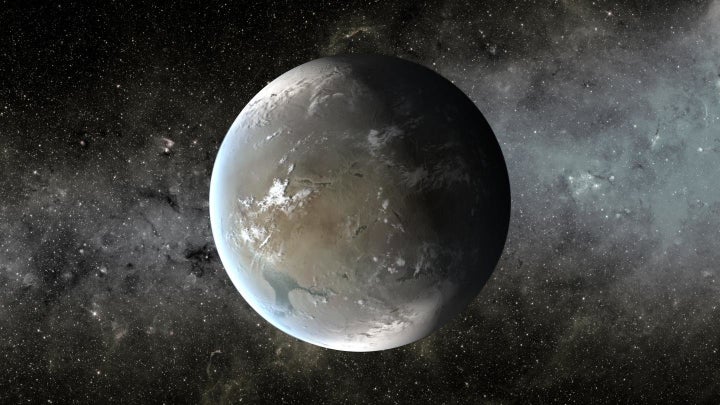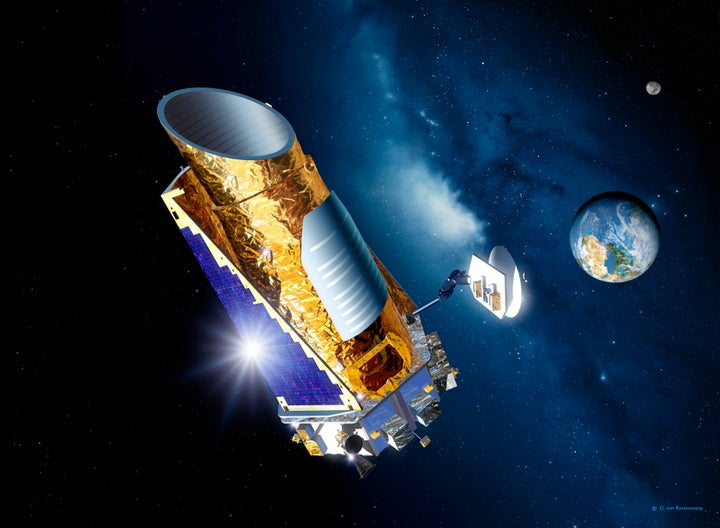A planet discovered by the Kepler space telescope just 1,200 light years away could actually support life.
The revelation is part of a study on the planet by lead author Aomawa Shields and her team from UCLA's department of physics and astronomy.
Kepler-62f was in fact discovered back in 2013 by the exoplanet-hunting telescope along with a number of other planets within that solar system.

Shields and her team however wanted to focus on just one of those, 62f. What they found was that despite being some considerable distance from its host star 62f had rocky composition that was not unlike ours on Earth.
While Kepler was able to confirm the planet's composition it could describe 62f's atmosphere, so Shields joined forces with another team from the University of Washington to find out.
What they found was that despite being further from its star than we are from Earth, the planet could actually support life and liquid water under a number scenarios.
"We found there are multiple atmospheric compositions that allow it to be warm enough to have surface liquid water," said Shields.
For example: 62f could quite happily support life, but only if it had 2,500 times more carbon dioxide in its atmosphere than is currently found on Earth.
Why? Well because it's further from the star it needs to somehow stay warm enough for liquid water and there's nothing more warming for a planet than a big surrounding atmosphere of CO2.
While this would normally be the end of the matter the team discovered that actually Kepler-62f could still theoretically support life even if that wasn't the case.
“But if it doesn’t have a mechanism to generate lots of carbon dioxide in its atmosphere to keep temperatures warm, and all it had was an Earth-like amount of carbon dioxide, certain orbital configurations could allow Kepler-62f’s surface temperatures to temporarily get above freezing during a portion of its year,” she said.
“And this might help melt ice sheets formed at other times in the planet’s orbit.”

NASA astronomers recently announced the discovery of 1,284 previously undetected planets, including nine which could be habitable. This is the biggest collection of planets ever discovered.
Using NASA’s powerful Kepler telescope, astronomers were then able to utilise a new statistical analysis method developed by Princeton University which drastically increases number of planets that can be discovered.
